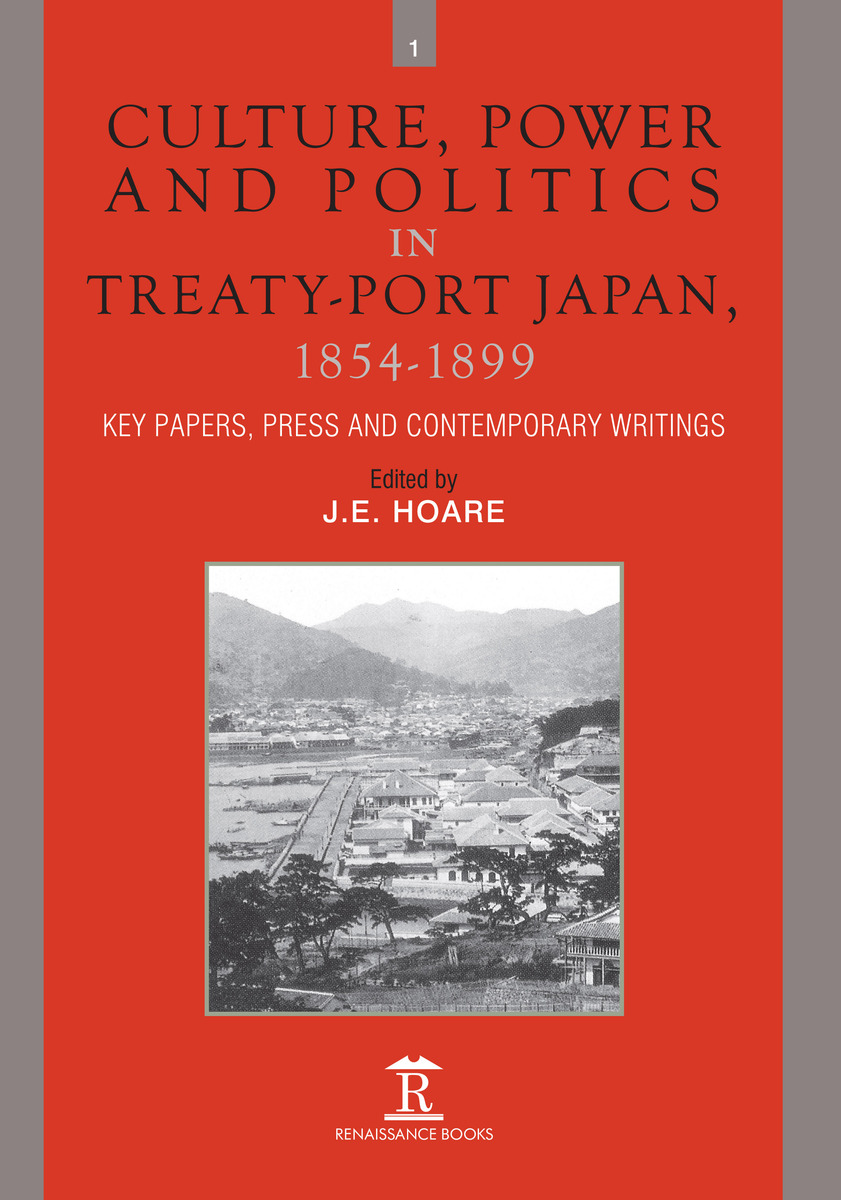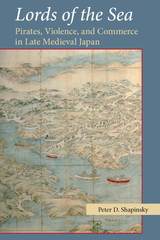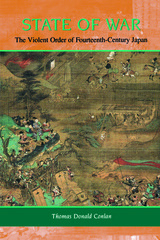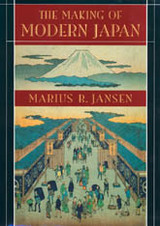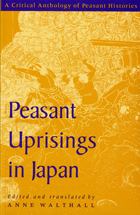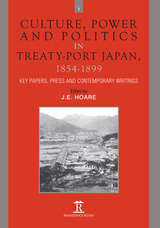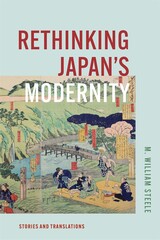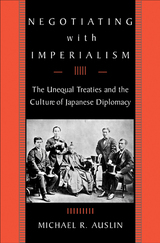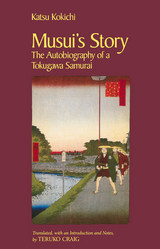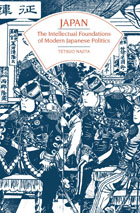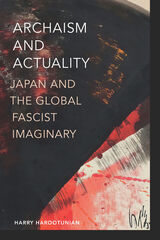Culture, Power and Politics in Treaty-Port Japan, 1854-1899: Key Papers, Press and Contemporary writings
Amsterdam University Press, 2018
eISBN: 978-1-898823-62-9
Library of Congress Classification DS881.3.C85 2018
Dewey Decimal Classification 952.025
eISBN: 978-1-898823-62-9
Library of Congress Classification DS881.3.C85 2018
Dewey Decimal Classification 952.025
ABOUT THIS BOOK | AUTHOR BIOGRAPHY | TOC
ABOUT THIS BOOK
This two–volume collection, supported by an in-depth introduction that addresses origins, actuality, endgame and afterlife, brings together for the first time contemporary documentation and more recent scholarship to give a broad picture of Japan’s Treaty Ports and their inhabitants at work and play in the second half of the nineteenth century. The material selected, shows how the ports’ existence and the Japanese struggle to end their special status, impacted on many aspects of modern Japan beyond their primary role as trading stations. Compared with their counterparts in China, the Japanese treaty ports cast a small shadow. They were far fewer – only four really mattered – and lasted for just under fifty years, while the Chinese ports made their centenary. Yet the Japanese ports were important. The thriving modern cities of Yokohama and Kobe had their origins as treaty ports. Nagasaki, a major centre of foreign trade since at least the sixteenth century, may not have owed so much to its treaty-port status, but it was a factor in its modern development.
See other books on: Commerce | History, Local | Meiji period, 1868-1912 | Restoration, 1853-1870 | Visitors, Foreign
See other titles from Amsterdam University Press
